Tucked in along the picturesque coastline of South Carolina, on Sullivan’s Island, Fort Moultrie, originally known as Fort Sullivan, stands as a testament to the storied history of this small fort. With its humble size and unassuming exterior, it is easy to overlook the significance of this historic site. However, beneath its weathered walls lies a wealth of captivating stories and pivotal moments that have shaped not only the local region but also the course of American history. In this blog post, we will dig into the rich past of Fort Moultrie, uncovering the remarkable events that have unfolded within its grounds and shed light on the contributions it has made to the fabric of our nation’s story, spanning more than 220 years. From its role in the American Revolution to its strategic importance during the Civil War, and protecting the coast from U-boats in World War II, join us on a journey of discovery as we explore the mighty history that lies within the walls of this remarkable South Carolina treasure.
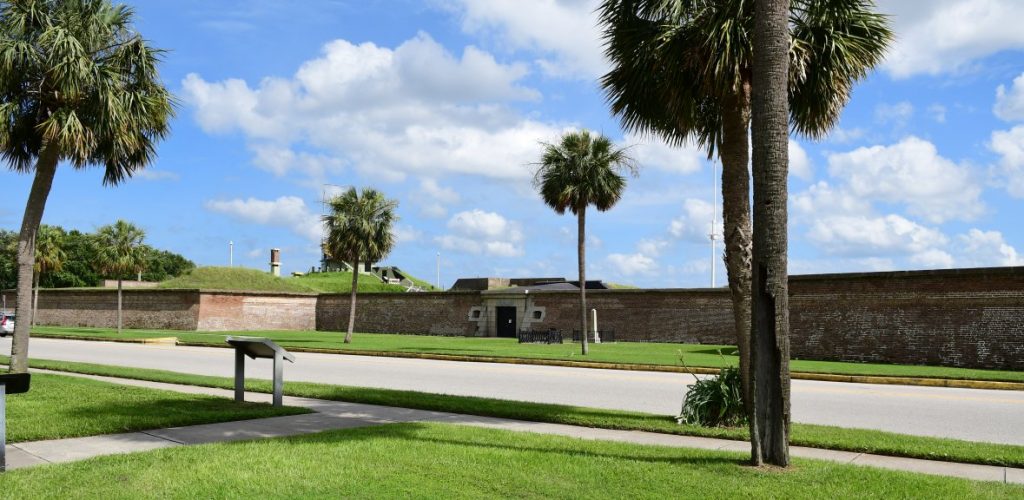
The Origins of Fort Moultrie and It’s Significance in the American Revolution
When exploring the rich history of South Carolina, one cannot overlook the significance of Fort Moultrie. Constructed on Sullivan’s Island, this small fort holds a mighty past that has shaped the region for centuries. To truly appreciate the historical importance of this fort, we must look into its origins. Fort Moultrie’s story begins during the American Revolution when the British Navy sought to gain control over Charleston Harbor. In 1776, Colonel William Moultrie led a small group of 435 patriots in constructing a palmetto log fort on Sullivan’s Island to defend against the impending British attack. The fort was constructed with rows of palmetto logs reaching ten feet high and filled with 16 feet of sand reinforcement. The fort’s strategic location played a pivotal role in the defense of Charleston Harbor. It sat at the mouth of the harbor, guarding the entrance and serving as the first line of defense against enemy forces.
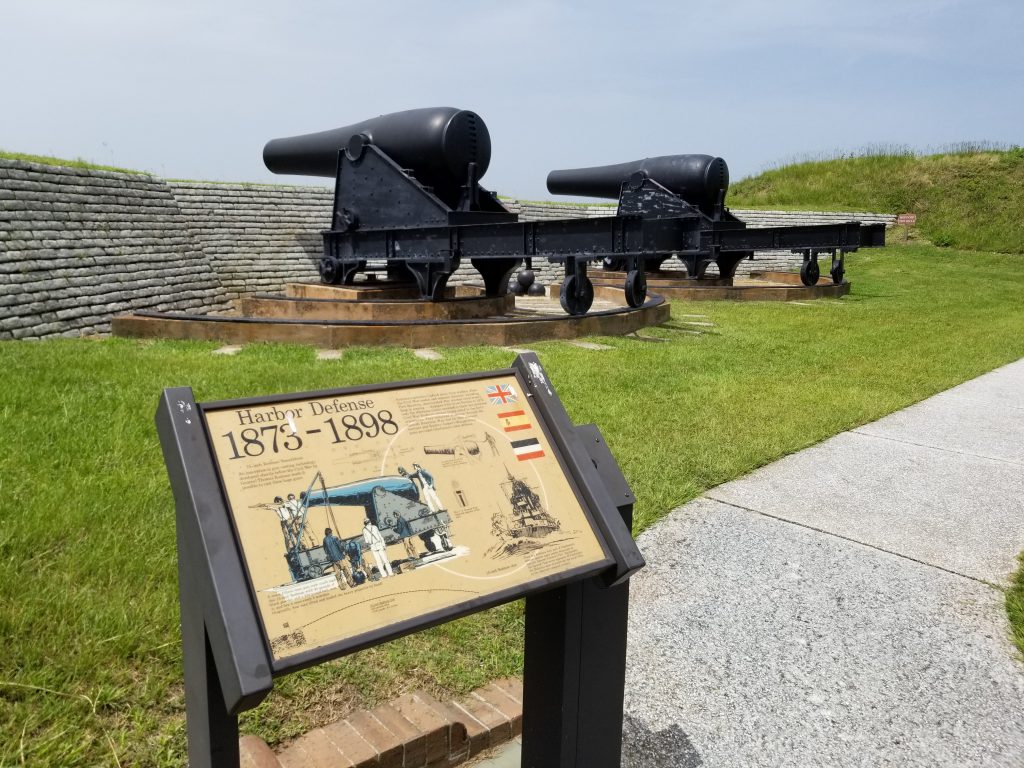
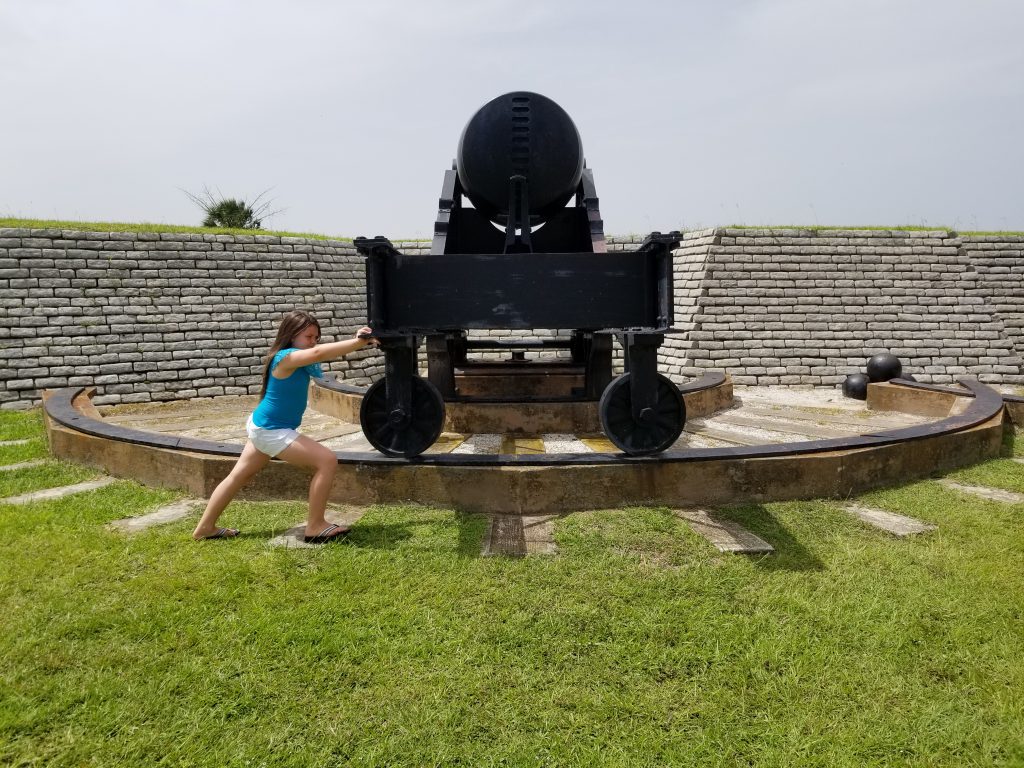
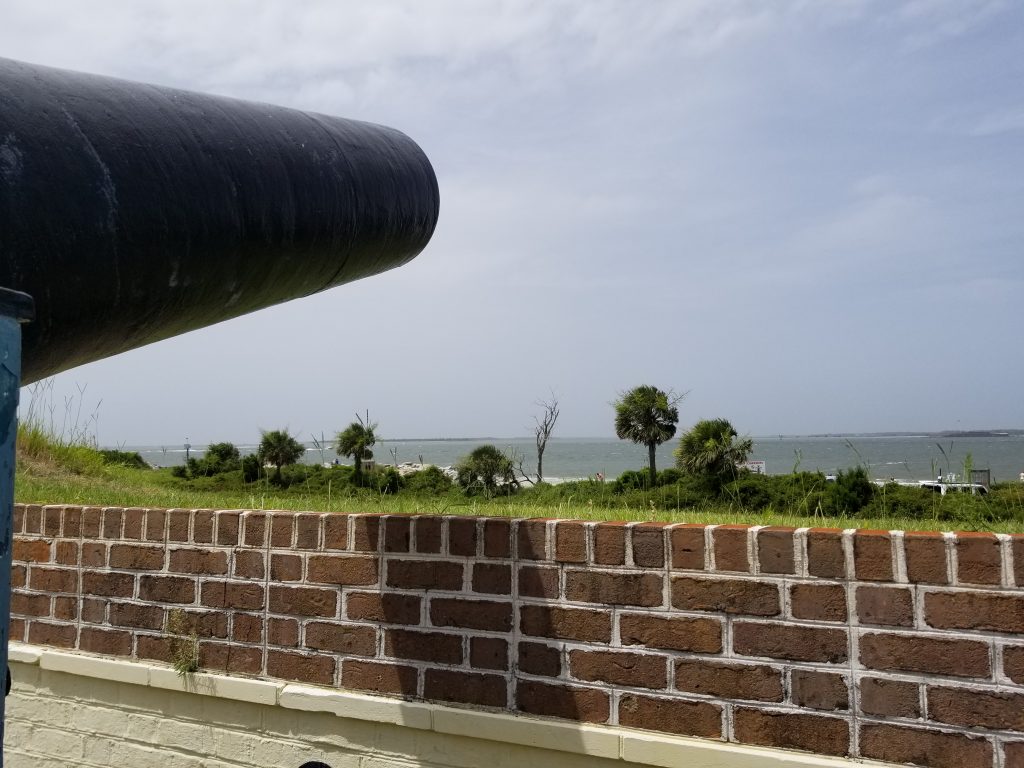
Although the fort was primarily incomplete, the Royal Navy, with nine British warships under the command of Admiral Sir Peter Parker, attacked Moultrie and his men on June 28. They surrounded the fort and bombarded it for hours, hoping to gain access to Charleston Harbor. Moultrie and his men fought back and heavily damaged the British fleet with cannon fire. The British cannons, however, could not penetrate the wood, and the giant walls of sand absorbed the shock of the enemy’s artillery. As the battle raged on, William Moultrie raised a navy-blue flag with a crescent moon with the word liberty sewn into it, like the South Carolina state flag today, minus the text.
At the end of the day on June 28, the damaged British fleet retreated in shame, and Moultrie and his men celebrated Charleston’s first successful defense. Relieved by the victory, the fort’s name was changed from Fort Sullivan to Fort Moultrie in honor of William Moultrie and his heroism during the battle.
In 1780, as the American Revolution continued, the southern colonies in South Carolina were targeted by the British Army who launched a three-month siege on Charleston, from March through May. Under the overall command of Benjamin Lincoln, Fort Moultrie was ordered to prevent any British ship from entering Charleston Harbor. The fort failed to do so, allowing the British to sail right past the fort’s defense and ultimately take the city.
With the British fleet surrounding the town, Lincoln and his men were trapped and could not call for reinforcements. Hoping to preserve his army, on April 21, Lincoln offered to surrender the city if his men could leave unharmed. British commander Henry Clinton refused the terms of surrender and promptly resumed artillery bombardment. By May 8, Clinton demanded Lincoln’s unconditional surrender; Lincoln refused, so Clinton ordered the city bombarded with heated shots, setting Charleston ablaze. Left with no choice, on May 12, 1780, the Continentals had to accept the inevitable and surrender. Taking the city and Fort Moultrie, the British, renamed the fort, Fort Arbuthnot. The British held the fort and the prized access to the Charleston Harbor. In October of 1781 when the British officially surrendered, the fort fell back into American hands, where it was sadly disregarded and abandoned.
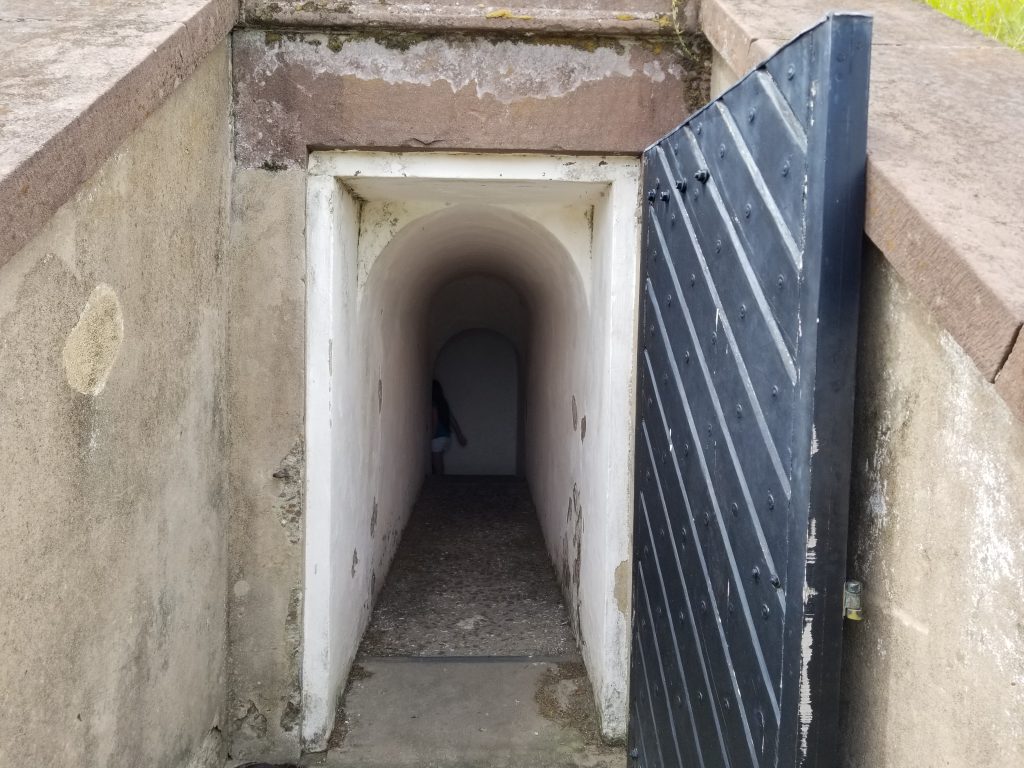
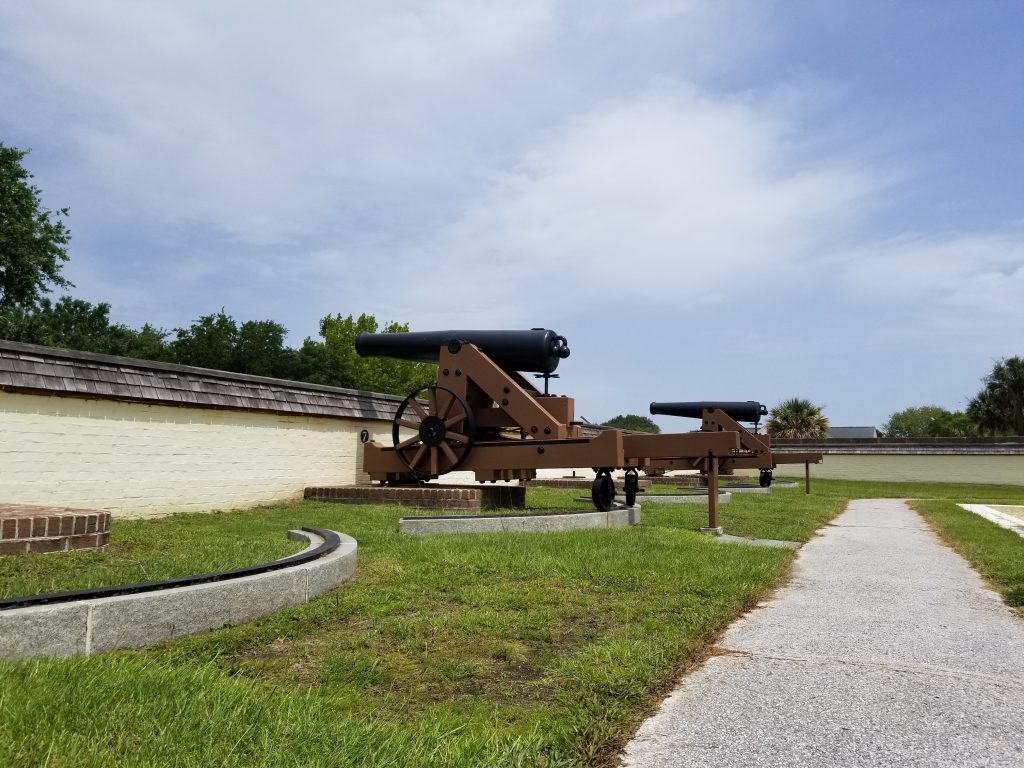
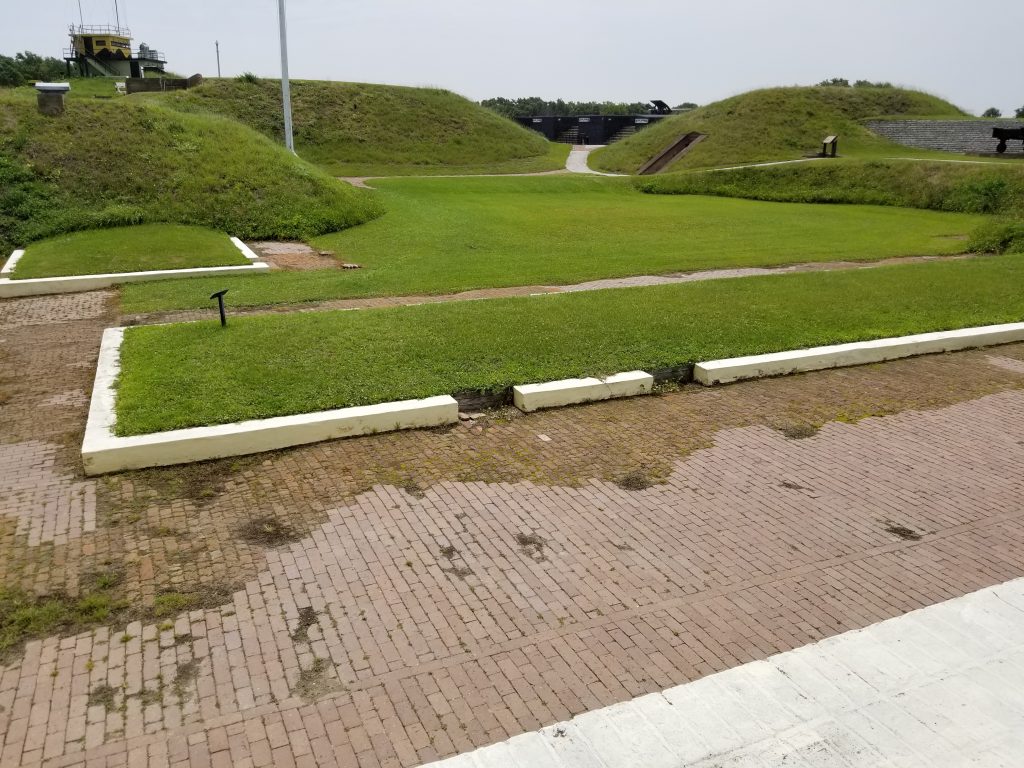
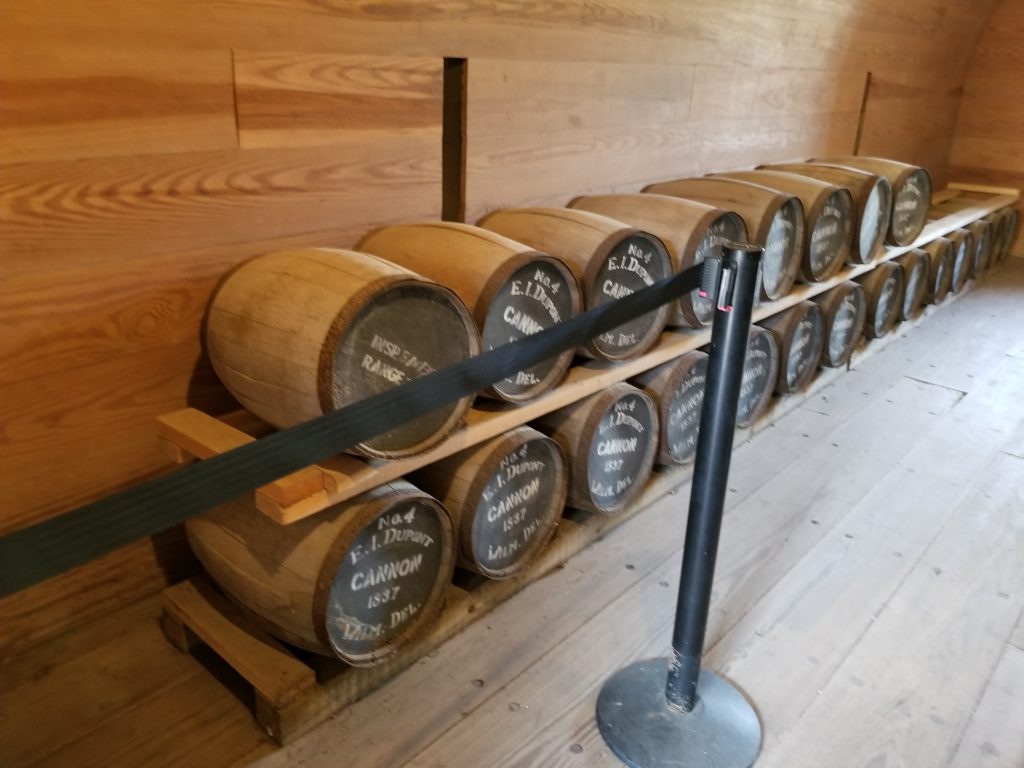
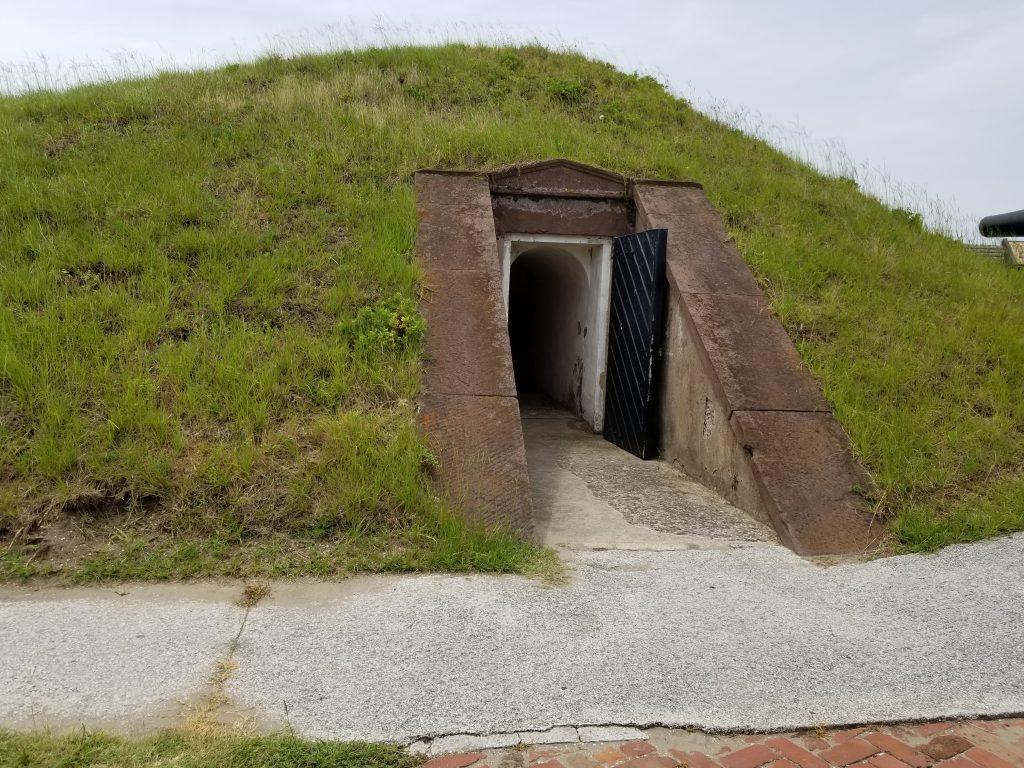
Fort Moultrie’s Many Years of Transformation and The American Civil War
Over the years, Fort Moultrie underwent several transformations and improvements to adapt to changing military needs. Remembering the abandoned fort, the United States government ordered the first restorations to commence. In 1809, a complete fort reconstruction took place, and by the end of the year, the five-sided redoubt was home to over forty huge guns. During the War of 1812, the fort saw further enhancements and played a crucial role again, in protecting Charleston from British attacks. In 1837, the fort was approved for the containment of Native American prisoners who fought against the U.S. in the Second Seminole War. Well-known prisoners included Native American leaders like Osceola, who is buried on the fort’s Sally-Port.
Moving down the storied timeline, we arrive in the middle of hostilities being shared between the North and South. Fort Moultrie again finds herself right in the center of it all. On December 20, 1860, South Carolina seceded from the Union and planned to take control of the various forts surrounding Charleston. Union troops raced from Fort Moultrie to Fort Sumter choosing the stronger of the two forts as a defense against the rebel forces. Confederate troops of South Carolina occupied Fort Moultrie. On April 12, 1861, at 4:30 a.m., Confederate troops in Fort Moultrie fired on Fort Sumter in South Carolina’s Charleston Harbor. This event, the first shot fired, is said to mark the beginning of the American Civil War. Less than 34 hours after that first shot was fired, Union forces in Fort Sumter surrendered. The Confederates took control of both forts.
Union Ironclads surrounded Fort Moultrie and Fort Sumter in the fall of 1863 and continuously bombarded the forts until 1865. The forts received severe damage but never surrendered. When the American Civil War ended in 1865, the severely destroyed skeleton of once a mighty fort was returned to American hands. After the American Civil War, Fort Moultrie was again reconstructed and utilized until World War II, when it was used to protect the East Coast from German U-boats.
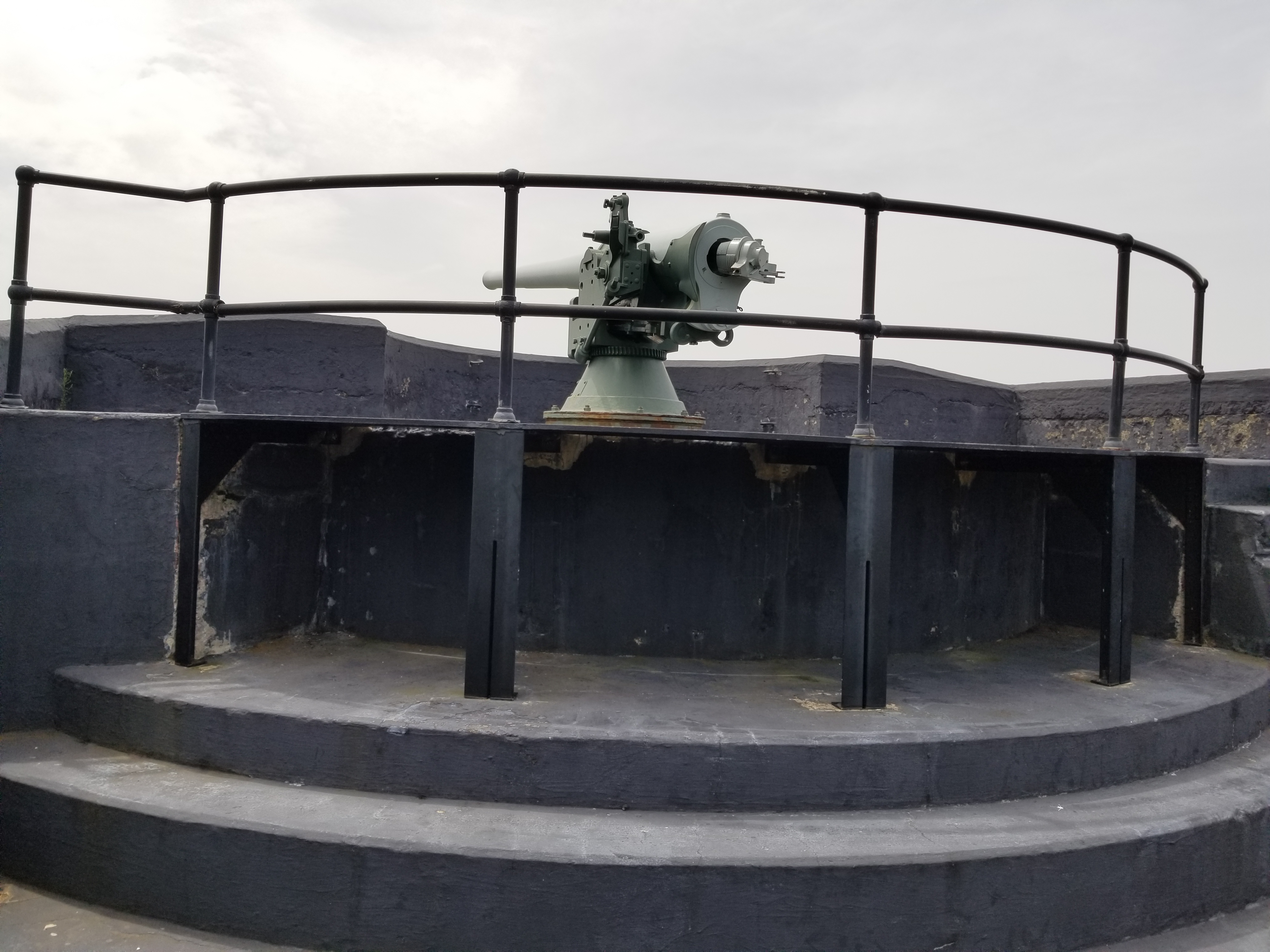
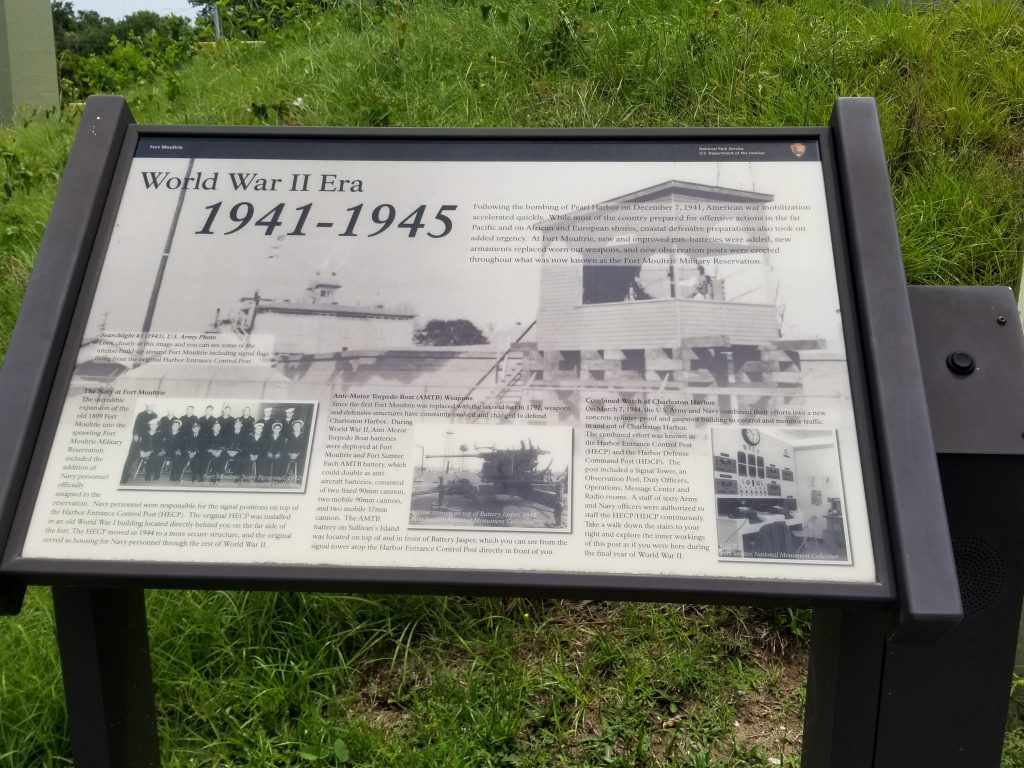
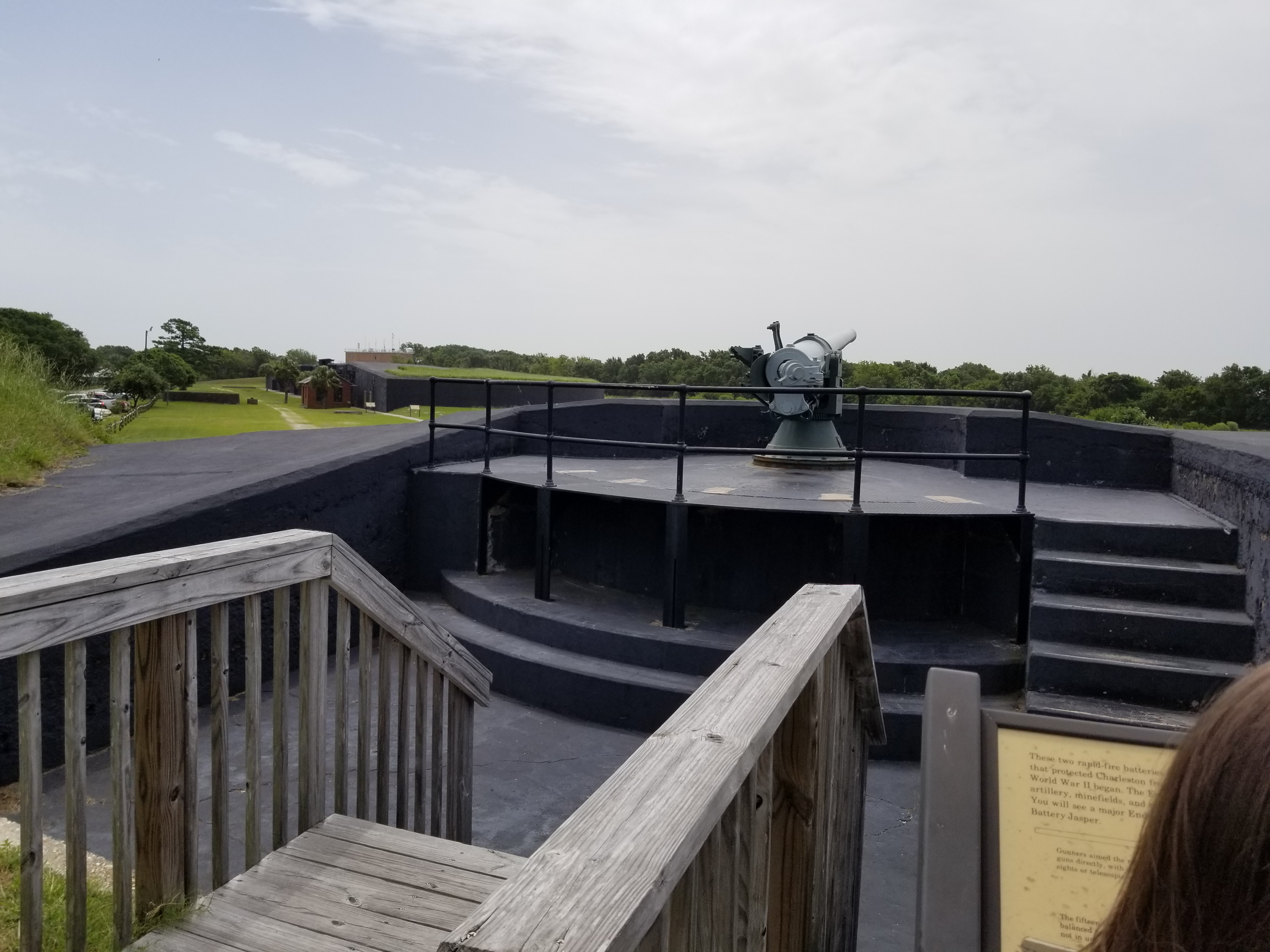
Fort Moultrie Today: Exploring the National Monument
Today, Fort Moultrie stands tall as a captivating national monument that offers visitors a glimpse into the rich history of South Carolina. Situated on Sullivan’s Island, this small gem holds a significant place in American history.
As you step foot onto the grounds of Fort Moultrie, you are surrounded by the echoes of the past. The well-preserved fortification showcases a range of architectural styles, reflecting the evolution of military defenses over the years. From the early palmetto log fort to the more modern concrete batteries, each structure tells a unique story of the fort’s role in defending the Charleston harbor.
Exploring Fort Moultrie is a truly immersive experience. As you wander through the complex, you’ll encounter a series of exhibits and displays. The museum offers a comprehensive collection of artifacts, including weapons, uniforms, and personal belongings of the soldiers who once walked these hallowed grounds.
For those seeking a deeper understanding of the fort’s history, guided tours are available, led by knowledgeable park rangers.
As you navigate the corridors and traverse the gun emplacements, you can’t help but be in awe of the strategic importance this fort held throughout various conflicts. Beyond the fort itself, Fort Moultrie boasts breathtaking views of the Atlantic Ocean and the Charleston skyline, as well as Fort Sumter. Strolling along the shoreline, you can soak in the natural beauty that surrounds this historic site, imagining what it must have been like for the soldiers stationed here. Fort Moultrie offers a blend of educational and scenic experiences that will leave a lasting impression.
As you make your way through the national monument, take a moment to reflect on the courage and sacrifice of those who defended our nation, and appreciate the enduring legacy of this remarkable South Carolina historic landmark.
